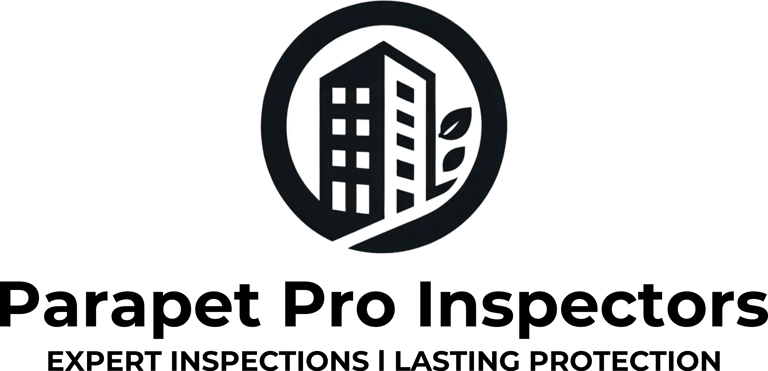Understanding Parapet Inspections: Key Aspects and Local Law 126 Compliance
This blog highlights the importance of parapet inspections for building safety and compliance with NYC’s Local Law 126. It covers key inspection elements like structural integrity, waterproofing, and drainage, emphasizing the need for regular checks to prevent hazards and costly repairs.
LOCAL LAW 126PARAPET INSPECTIONSINSPECTIONS
Parapet Pro Inspectors
12/22/20242 min read


Introduction to Parapet Inspections
Parapets are essential architectural features, often serving the dual purpose of enhancing building aesthetics and providing safety. Regular inspections are integral to maintaining the integrity of these structures. In New York City, the Local Law 126 mandates rigorous inspection protocols to ensure that parapets are safe and sound. This blog post outlines the critical elements we inspect during parapet inspections as part of our compliance with Local Law 126.
Key Aspects of Parapet Inspections
During a parapet inspection, there are several key aspects that trained professionals assess to determine the condition and safety of the structure. These include:
Structural Integrity: Inspectors evaluate the overall stability of the parapet, ensuring that it is adequately anchored and capable of withstanding environmental stressors.
Material Condition: The condition of materials such as brick, stone, or concrete is scrutinized for signs of deterioration, cracks, or spalling that could indicate underlying problems.
Waterproofing Measures: We check for the presence and effectiveness of waterproofing layers, which are crucial for preventing moisture infiltration that can lead to structural damage.
Flashing and Drainage: Properly installed flashing and drainage systems are vital in diverting water away from the roof and parapet area. Inspectors confirm that these systems are functioning as intended.
Compliance with Regulations: Adherence to Local Law 126 is paramount; inspectors ensure that all elements of the parapet meet the required safety standards.
The Importance of Regular Parapet Inspections
Conducting regular parapet inspections is not merely a regulatory requirement; it is essential for safeguarding lives and property. A compromised parapet can pose serious safety risks, especially in adverse weather conditions. Crumbling materials or loose elements can fall and potentially harm pedestrians or cause damage to nearby structures. By adhering to Local Law 126, property owners ensure that their buildings remain within the legal framework and that the safety of the public is prioritized.
Moreover, neglecting parapet inspections can lead to costly repairs in the long run. Early detection of issues allows for timely interventions, which maintain the overall health of the building's infrastructure and prevent more extensive damage.
Conclusion
As cities continue to grow and weather patterns evolve, the importance of thorough parapet inspections becomes increasingly clear. With Local Law 126 in place, we have a structured approach to ensure that these critical architectural components remain safe and functional. Engaging competent professionals for parapet inspection not only fulfills legal obligations but also secures a safer environment for all stakeholders involved. If you require a parapet inspection, it is advisable to consult with experienced inspectors who can guide you through the process and ensure compliance.
